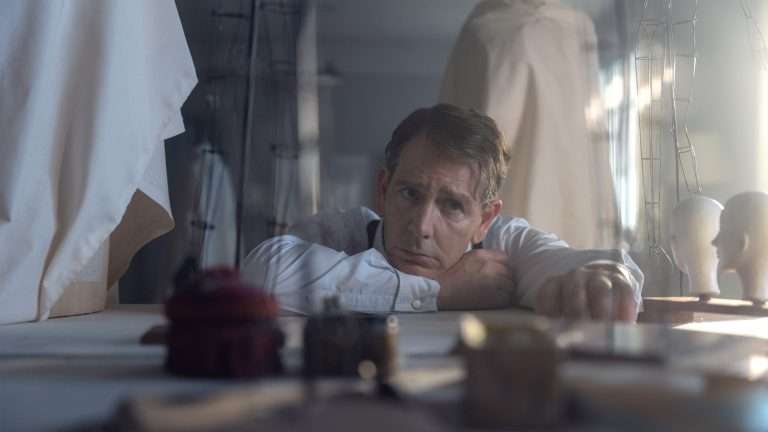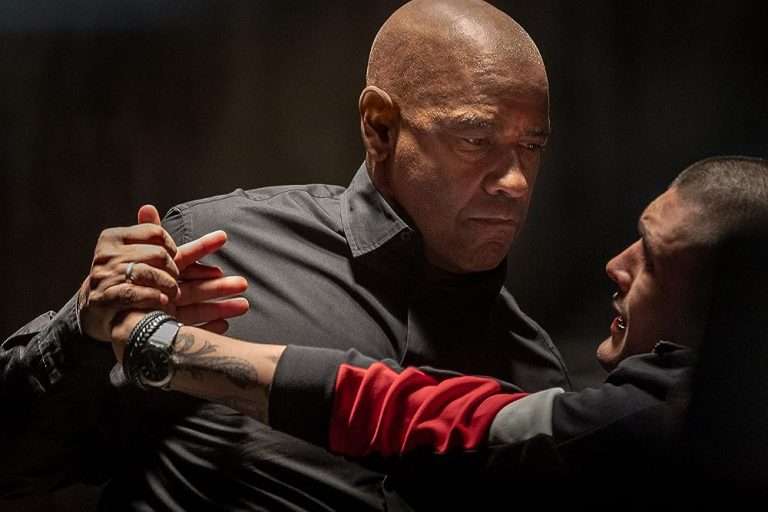Solidarity & Intersectionality in Harlan County, USA (1976): A portrait of an Appalachian city in the 1970s may seem utterly irrelevant to today’s world. However, with the growing unrest and fights for workers’ rights across professions and corporations, Harlan County, USA, has never been more relevant. Director Barbara Kopple risked her life to give a glimpse at what it is like to be a part of the coal miners strike in Harlan County, Kentucky. When she heard about it, she decided to uproot her life and live there with a crew of five for eighteen months. Time and again, she was denied loans on the basis that a young woman couldn’t possibly undertake this challenge. Kopple is quoted as saying a fellow filmmaker came up to her and said, “What’s a little girl like you doing a film like this for?”
Kopple took odd jobs and donations anywhere she could find, even using her credit card to fund the film. By the end of filming, she was $60,000 in debt. Moreover, scabs (strikebreakers) constantly threatened her life, and mine owners told her that she would be killed if she were ever caught alone at night. On film, her camera was scuffed up, and she and a crew member were beaten up. Because of this, Barbara Kopple bought two pistols to keep herself safe in Harlan. Even with all the obstacles in her path, Kopple managed to make a seminal classic because one of her disadvantages turned out to be a secret weapon.
As a woman, Barbara Kopple was able to endear herself to the other women by standing with them on the picket line and becoming their trusted ally. Kopple was let into the world of coal miners by people who don’t usually represent it. Because of this, Kopple made a movie that showed how no one person could win a strike; only a united group does. The film is a roadmap, a cautionary tale, and a call to action to anybody – no matter where or when – who wonders just how they can make a change.
For the women of Harlan County, the strike is their first opportunity to be on equal footing with their husbands. Their husbands are no longer the only ones working. Women organize pickets and donations. In fact, the loudest voice on the miners’ side has to be Lois Scott. Watching her pull out guns from her bra and organize against the evil “gun thug” Basil Collins showcases her femininity as well as her strength. Much of the film is scored by politically-minded folk songs, many of them written and performed by women like Florence Reese, the author of “Which Side Are You On?”
Kopple’s interviews with widows of the Mannington Mine disaster of 1968 make it clear that this strike’s voice and soul belong to the wives of these coal miners. When they die, these are the people that are left to tell the stories. Through the women, Kopple found the film’s driving force, but like all good strikes, Kopple’s solidarity doesn’t end there.
Kopple shows how diverse and hard-working a strike in Appalachia can be. When we think of Kentucky coal miners, we often forget about the black men that work alongside them, but racial solidarity is a cornerstone of the strike as depicted in this film. In a poignant moment, a black coal miner sits next to two white coal miners and says that even though they enter a mine in different colors, the coal dust makes them all brothers, to which the men laugh.
Later in the film, when scabs and anti-union thugs come to intimidate and start yelling racial epithets at a black coal miner, a woman yells out, “That [n-word] is a better man than you’ll ever be.” Though most media about Appalachia focuses on a divisive group of white male working-class men, Kopple shows it is much more. It’s always been more than a disputed landmass in Trump country.
Throughout the film, Kopple intercuts moments from the contemporary strike with previous ones. Too many people forget that the common insult given to rural Americans, “redneck,” didn’t originally stand for a stupid country bumpkin. But it, instead, stood as a derogatory term for the union men of that area. Appalachia’s strong union past cannot be disputed. One of the women in the film describes how her dinner conversations were dominated by talks about workers’ rights and unions.
The lessons of the past mark the events of Harlan County’s present. Images and stories of child workers in the mine and their historic strike echo today. One of the survivors details the two major lessons learned from it. First, they discovered the importance of solidarity, and second, they knew that the politicians, the union reps, and the church were all in the pocket of the coal company.
Across the country, these lessons are headed and centered on Harlan County. In a historic first, a parade featuring coal miners from all over the country takes place in Harlan as an act of support and solidarity for the miners. The parade serves as a symbol of nationwide solidarity. As the miners travel to different parts of the country, many people voice their support, even a New York City cop who compares his salary and benefits with the miners to show them what they need to bargain for. Though the country, particularly Appalachia, is full of these acts, this is not simply a movie about the hope of a strike but the evils of a broken system.
In one of the first scenes, a former miner recounts how he was told to ensure nothing fell on or killed the mules. When he asked how to protect himself, his boss recounted that mules cost money and they could always hire another man. This is the kind of world that the leaders of Appalachia have created for their citizens. Judges put the miners on trial instead of the owners that create unsafe conditions, and Kopple herself films hired thug Basil Collins, shooting at the striking miners in a drive-by. As usual, he suffered no consequences. For the strike to come to a halt, a miner had to be killed by a scab in a violent confrontation. Even though they got the contract they wanted, the murderer would later be acquitted. That is the real lesson of Kopple’s film. The fight is not over.
When their initial strike comes to an end, the miners are thrust into a conflict with the leaders of the coal miners union. Previously this union had been the site of the horrific Yablonski murders in which labor leader Jock Yablonski, his wife, and his daughter were killed because of the threat he posed to the corrupt union leadership at the time. This led the president of the United Mine Workers, Tony Boyle, to be charged with conspiracy to murder. Kopple details how many miners were thrilled to finally see Boyle go and their new leader, Arnold Miller, take them to greater heights. Unfortunately, they were wrong. The leaders left them in the dust, giving them an even worse contract.
As one man recalls in the film, the coal miner will always have to fight. Kopple reveals in the ending credits that the miners go on strike yet again. As long as the miners stand together in the fight, the corruption of union leaders, politicians, and the courts may finally be swept away, and the people can win. Kopple doesn’t lead with blind optimism but with the knowledge that these changes take perseverance and time. But where there is class, gender, and racial solidarity, an idea can become a movement. So if you’re looking for a film that understands Appalachia, don’t check out Hillbilly Elegy. Harlan County, USA, is the most obvious and right choice to make!








